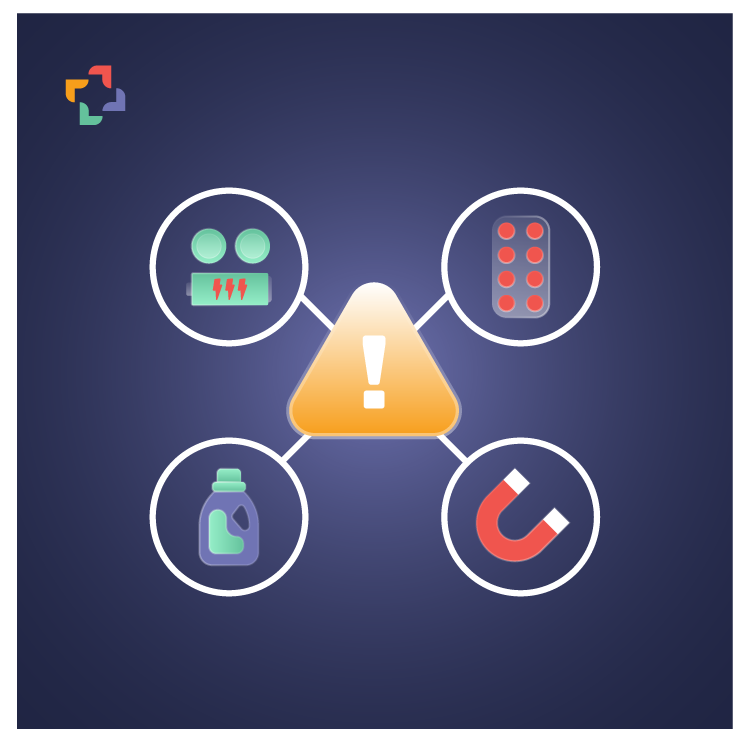Common Pediatric Ingestions and Poisonings
Learning Objectives
By the end of this course, the learners should be able to:
- To identify some of the common pediatric ingestions and poisonings, including the way they commonly present to the medical provider, based on various cultural or linguistic factors
- To understand the basic management of common ingestions and poisonings
- To be familiar with the deadly “one pill that kills” list of poisonings
Intended Audience:
This online course is designed for pediatricians, family physicians, and endocrinologists.
Abstract:
This online course outlines the management of various pediatric toxicologic emergencies, emphasizing evidence-based interventions and prioritization strategies. It covers the historical and current treatment of ethylene glycol poisoning, highlighting the shift from ethanol infusion to fomepizole due to improved safety and efficacy. In cases of verapamil extended-release ingestion, even in asymptomatic toddlers, admission for extended cardiorespiratory monitoring is recommended due to delayed onset of life-threatening symptoms. The script also discusses the management of sulfonylurea toxicity in children, emphasizing the role of octreotide in preventing recurrent hypoglycemia after initial glucose administration. For beta-blocker ingestion, specifically metoprolol, glucagon is identified as the antidote of choice due to its receptor-independent mechanism of action. Triage of multiple ingestions is addressed with a focus on the prioritization of activated charcoal use for verapamil, given its lethality and charcoal binding properties. Finally, first-aid for stingray envenomation is reviewed, with hot water immersion recommended to denature venom and relieve pain. This concise guide supports pediatric providers in recognizing high-risk poisonings and implementing appropriate early interventions.
Assessment and Earning CME Credit:
This course in English is not CME-accredited. However, it provides valuable educational content that can enhance your knowledge and skills in the subject matter. To receive CME credit for this course in Armenia, you must take the course in Armenian and complete the post-course quiz. You have three chances to achieve a passing score of 70%. Once you pass the quiz, we will send your information to the Armenian Ministry of Health for credits.

Dr. Deborah Liu
Dr. Deborah Liu is the Associate Director of the Division of Emergency and Transport Medicine and Director of Process Improvement at Children’s Hospital Los Angeles (CHLA), where she also serves as an Attending Physician and Associate Professor of Clinical Pediatrics at the Keck School of Medicine of USC. With over 11 years at CHLA and 8 years as a Fellowship Director, Dr. Liu brings deep expertise in pediatric emergency medicine. Her academic interests include ED efficiency, Just-In-Time Training in medical education, and optimizing care for non-urgent ED visits. She has authored 15 textbook chapters in pediatric and emergency medicine and actively contributes to the AAP Section on Emergency Medicine. A graduate of UCLA School of Medicine, she completed her pediatric training and fellowship at Rainbow Babies and Children’s Hospital. When not focused on clinical care or education, Dr. Liu enjoys discussing food and spending time with her children.
